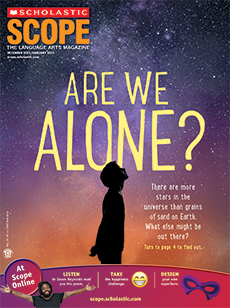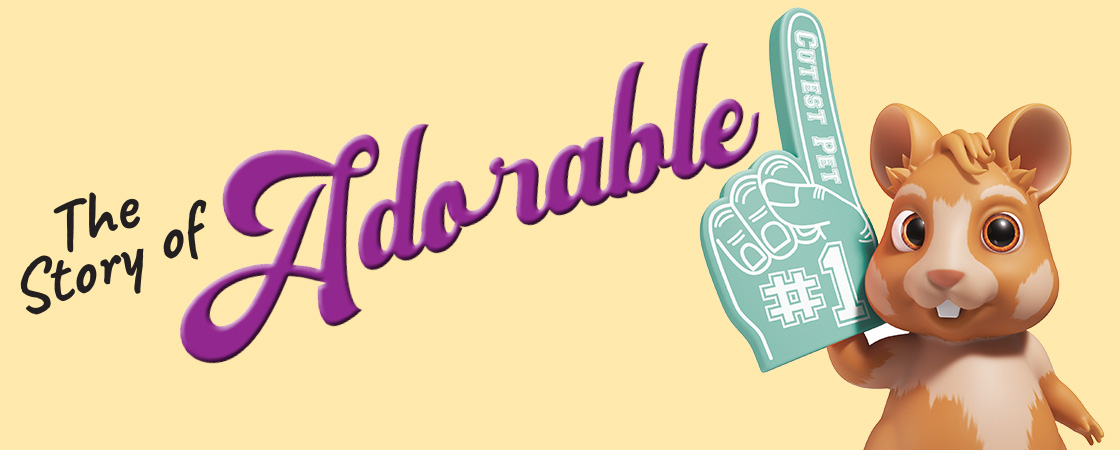It was 1946, and Albert Marsh of Mobile, Alabama, had just won a bet.
His prize?
A furry creature with dark eyes and huge teeth. It was so tiny it could fit in his hand.
Marsh had just become the proud owner of a golden hamster. He found his new pet utterly fascinating, with its curious personality and adorable cheek pouches. A small number of the hamsters, which are native to Syria, had arrived in the United States just eight years earlier, for use in medical research.
Marsh became convinced that hamsters belonged not only in laboratories but also in the loving hands of America’s children. He was determined to turn hamsters into superstars. Yet few people even knew they existed.
If Marsh wanted America to fall in love with hamsters, he would need to get creative.

